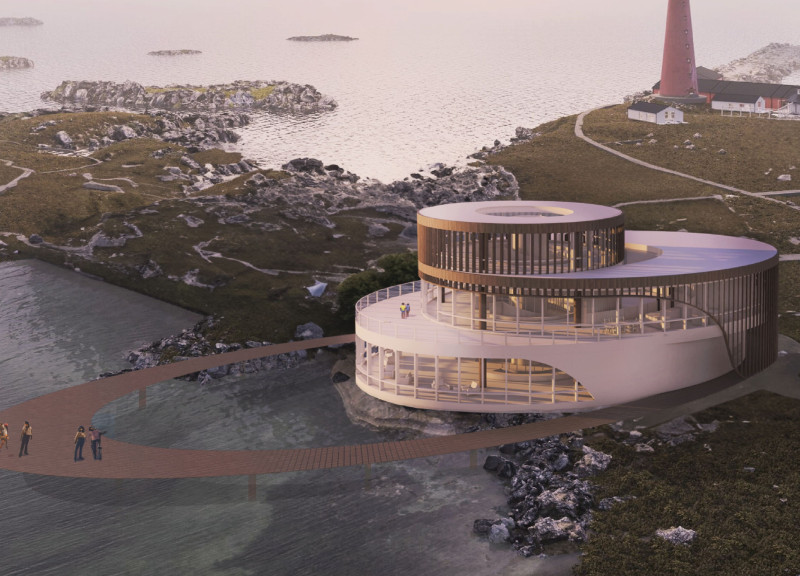5 key facts about this project
At its core, the project represents a synthesis of modern living and ecological awareness. Designed primarily to serve [describe the primary function, such as residential, commercial, civic, or mixed-use], it aims to provide a space where individuals can thrive and interact within a thoughtfully crafted environment. The layout is organized to encourage community interaction, with open spaces and gathering areas that foster social connections. This focus on user experience is evident in the fluid transitions between different zones of the building, allowing for an easy flow of movement throughout the space.
The architectural design is characterized by a careful selection of materials that highlight sustainability while enhancing the overall aesthetic. The use of [list materials used, e.g., timber, concrete, steel, glass] not only addresses durability and functionality but also speaks to the artistic vision of the project. For instance, the incorporation of [specific materials] creates a balance between structural integrity and visual appeal, offering a tactile quality that invites engagement. The careful manipulation of light through large windows and strategic overhangs enhances the interior atmosphere, creating spaces filled with natural illumination that shifts throughout the day.
Unique design approaches are evident in the project’s integration of local context and cultural narratives. The architectural language draws inspiration from the surrounding landscape, employing forms and colors that resonate with the region's character. This attention to context ensures that the project does not merely exist within its site but interacts dynamically with it, creating a sense of place that is both familiar and innovative. Furthermore, the design includes sustainable features such as [mention any sustainable elements like green roofs, solar panels, or rainwater harvesting systems], reflecting a commitment to environmental responsibility that is critical in contemporary architecture.
Attention to detail is paramount in this project, where each component has been thoughtfully considered. Architectural elements such as [discuss elements like cantilevers, balconies, or shading devices] serve not only aesthetic purposes but also enhance the building’s functionality, providing comfort and usability throughout the year. The design incorporates passive climate control strategies that reduce reliance on mechanical systems, further showcasing a forward-thinking approach to architectural sustainability.
The project’s impact extends beyond its physical form; it engages with the community on several levels. By providing [mention any public amenities, green spaces, or community facilities], it addresses the collective needs of the residents and encourages a sense of ownership and pride among users. The architectural design embodies a dialogue with the community, inviting interactions that nurture relationships and promote a vibrant social fabric.
For those interested in delving deeper into the architectural nuances of this project, further exploration of the architectural plans, sections, and design concepts will reveal additional layers of thought and innovation. This project stands as a testament to the thoughtful merging of design and function, inviting a closer examination of its elements and the ideas that drove its creation. By engaging with the architectural details presented, one can appreciate how the project serves as a model of responsible and responsive design in the context of modern architecture.


 Wanying Pei,
Wanying Pei, 




















